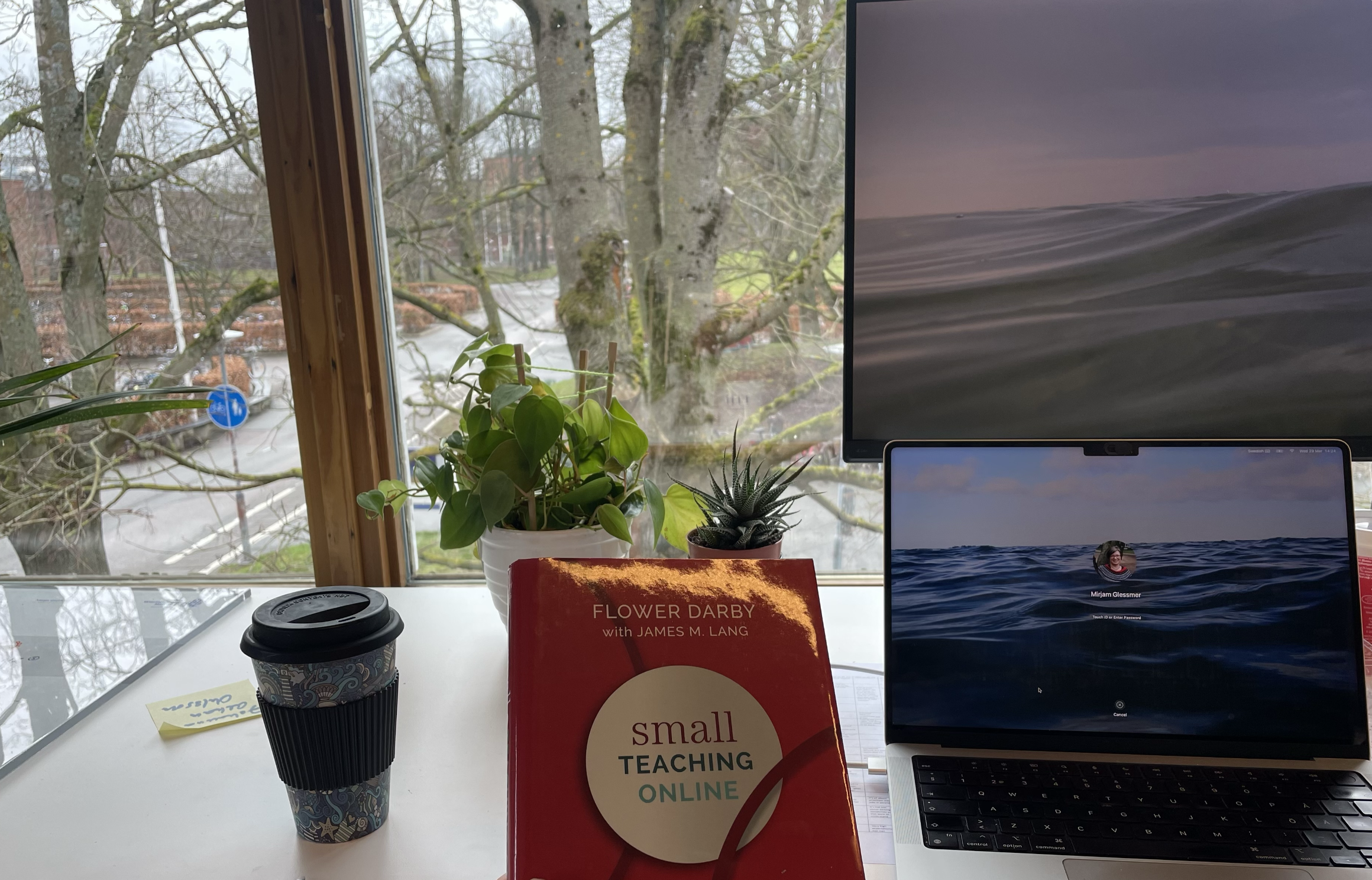
Currently reading Darby & Lang (2019) “Small teaching online — applying learning science in online classes”. My summary (3/x)
This is the third part (part 1 here, part 2 here) of my notes on reading “small teaching online — applying learning science in online classes” by Darby & Lang (2019). Take it with a pinch of salt and go read the original book! These are just my two cents on the points that I find especially relevant for myself.
Part 1, chapter 3 is on “using media and technology tools”, basically saying that not all is gold that glitters, and that we need to be very deliberate in how we use technology. And then there are their tips (clearly written pre-pandemic):
“Create short lecture videos”. With the emphasis on SHORT, and also on authentic, to break the “wall of text” that online teaching sometimes presents as. I think this point might have been more relevant pre-pandemic; by now, many people have a lot of experience with videos.
“Spur engagement with online content”. Here, the authors make a really important point: Students are strategic in what they spend their time on! Many will look at the assignment that’s supposed to be done AFTER the video already BEFORE watching it, to make sure they focus on the important points (or skip watching if it’s not necessary to complete the assignment). I recently did an online course — that gives me 40 hours credit! — on a Monday morning before lunch. I knew I had 15 attempts to pass their summative assessment, so I did the test, made sure I recorded my responses (so I could repeat the correct ones later, and find the correct answers for the wrong ones), and then passed on my second attempt. Why would I assume that any of my students would approach courses that I teach differently? So having quizzes after videos might not necessarily make students engage with videos, but an alternative might be a really brief writing assignment where they have to engage with the content, give their own opinion and refer to something in the video.
“Leverage video for spontaneous updates”: Do quick, informal videos instead of writing emails or messages in forums. Probably not such a new idea after the pandemic as it was before…
“Source existing media”. Both to not re-invent the wheel, and to bring in different perspectives, voices, approaches. In our intro course, Torgny likes to show the Big Bang Theory scene of “pass the butter!” to illustrate active listening as a technique, and that always is a nice and welcome break, shaking things up. But also TED talks or other teachers’ materials can be used. Anything that expands the context and horizon might be a good idea!
“Find the right tech tool for the job”. Do your research and make an informed decision for your specific context (but don’t forget to look into what your institution supports, both in terms of licenses and tech support!).
And thus endeth part 1, chapter 3. On to part 2 in the next post!